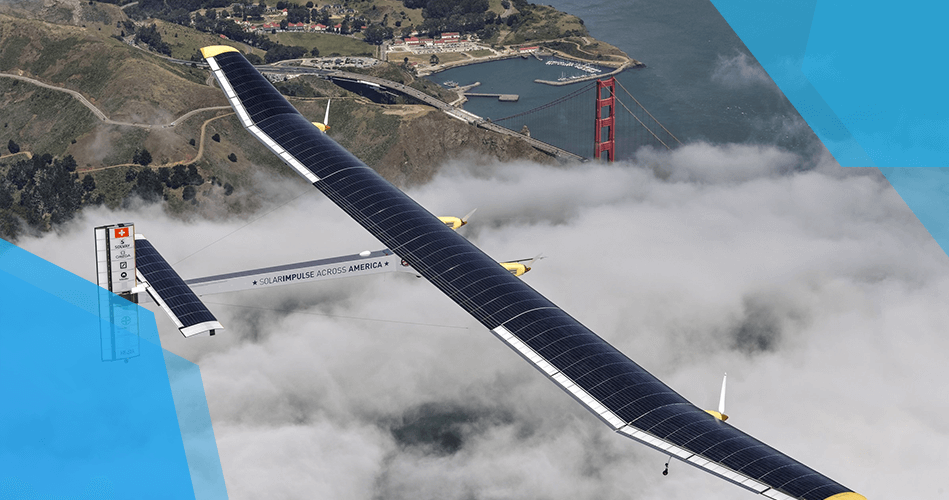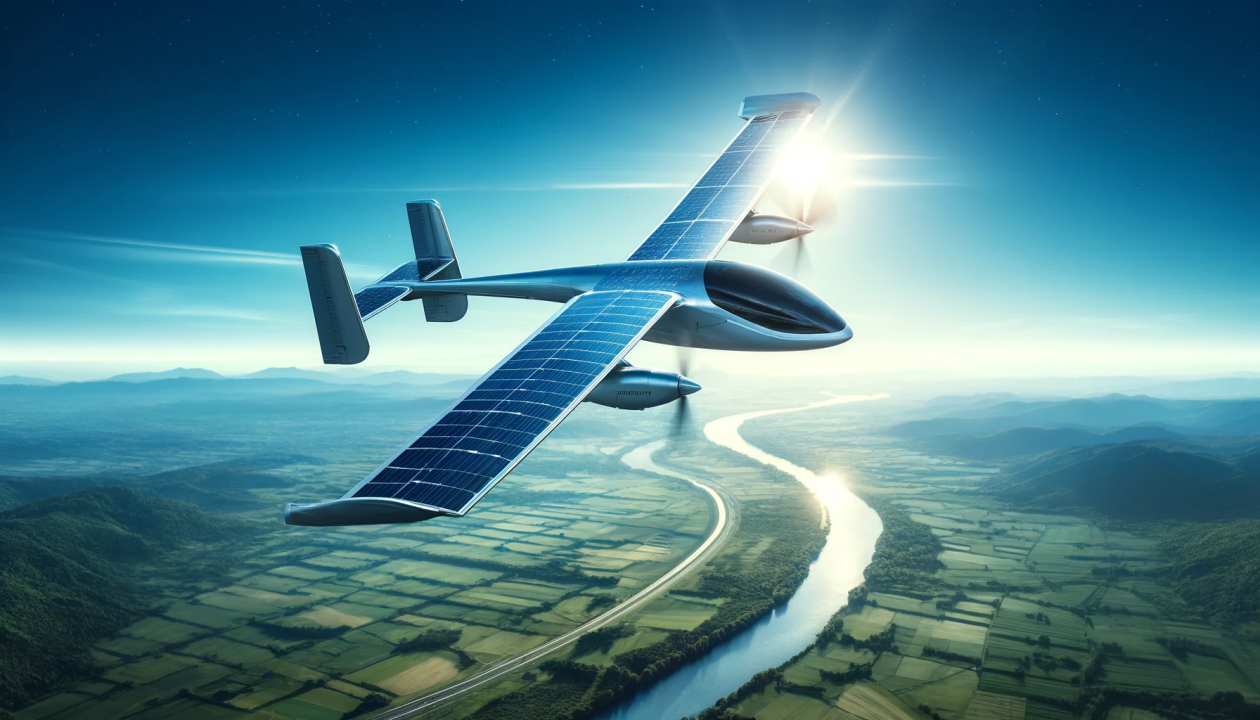As the world faces increasing pressure to reduce carbon emissions and transition to sustainable energy sources, the aviation industry is undergoing a revolutionary rethink. One of the most exciting prospects? Solar-powered flight. Could solar flight be the next big leap in aviation? Let’s explore the current landscape, technological possibilities, a
As the world faces increasing pressure to reduce carbon emissions and transition to sustainable energy sources, the aviation industry is undergoing a revolutionary rethink. One of the most exciting prospects? Solar-powered flight. Could solar flight be the next big leap in aviation? Let’s explore the current landscape, technological possibilities, and what the future holds.


Solar flight involves using photovoltaic (PV) cells, typically mounted on aircraft wings, to capture sunlight and convert it into electricity. This power is used to drive electric motors and store energy in onboard batteries for use during low-light conditions (like night flights or cloudy weather). The idea isn’t new — in fact, several prototypes have already taken to the skies — but only recently has the technology started to show serious potential for broader application.
Perhaps the most famous example, Solar Impulse 2 completed a circumnavigation of the Earth in 2016 using only solar power. This groundbreaking flight demonstrated the endurance and potential of solar-powered aircraft — even if at a relatively slow pace and with limited payload.
NASA has been exploring solar aviation for years through its Pathfinder and Helios programs — high-altitude solar drones designed for long-duration missions without refueling.
This modern initiative is working on solar aircraft capable of staying aloft for months at a time, ideal for surveillance, telecommunications, and disaster monitoring.
The aviation industry is responsible for around 2.5% of global CO₂ emissions. With passenger numbers rising, this share is expected to grow unless drastic measures are taken. Solar flight offers several compelling benefits:
While the idea is visionary, solar aviation still faces significant challenges:
While full-scale commercial solar airliners are still decades away, the near future holds promise in other areas:
The convergence of AI, lightweight materials, battery innovation, and solar technology could soon overcome current limitations and make solar flight more practical and widespread.